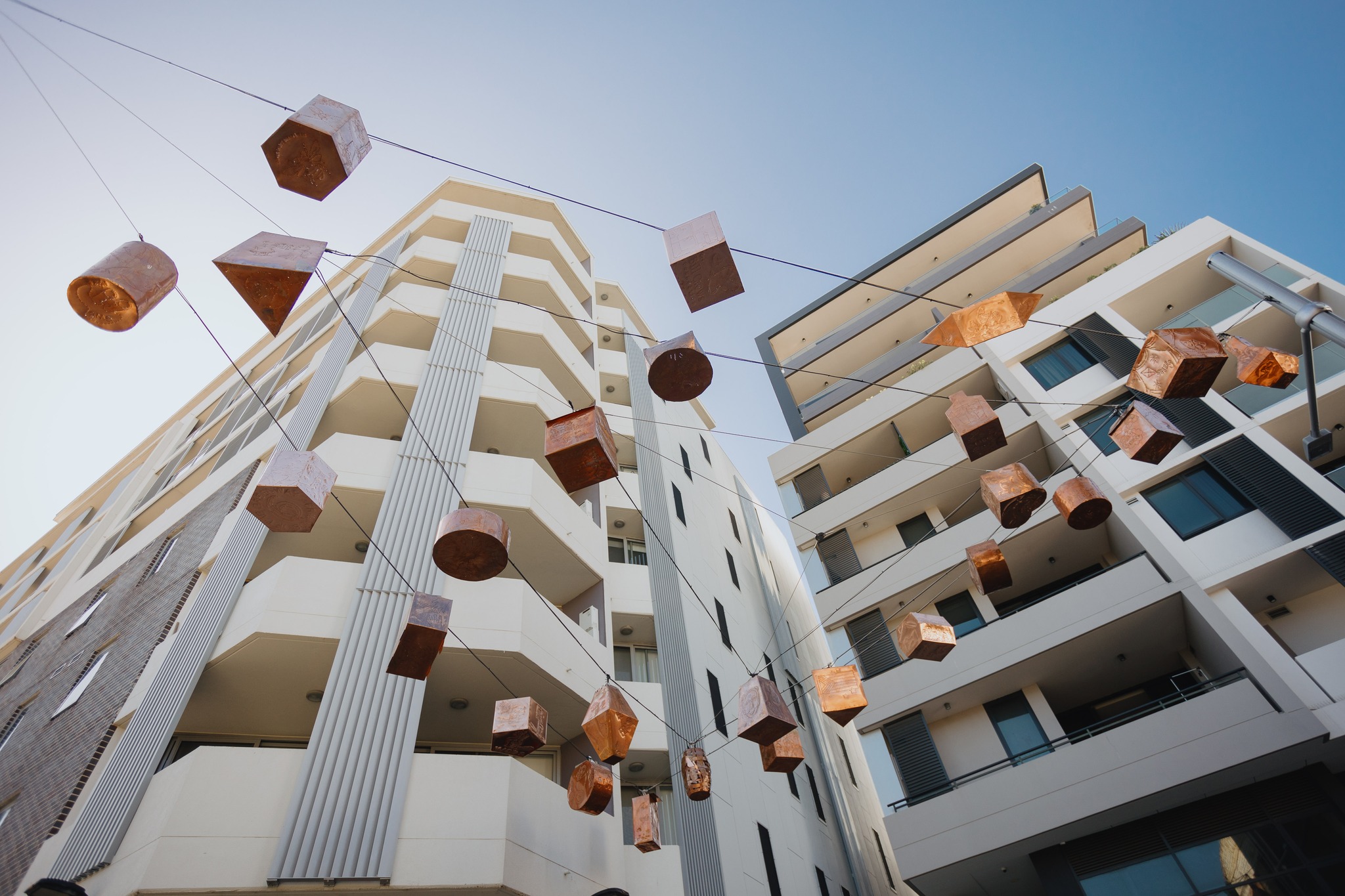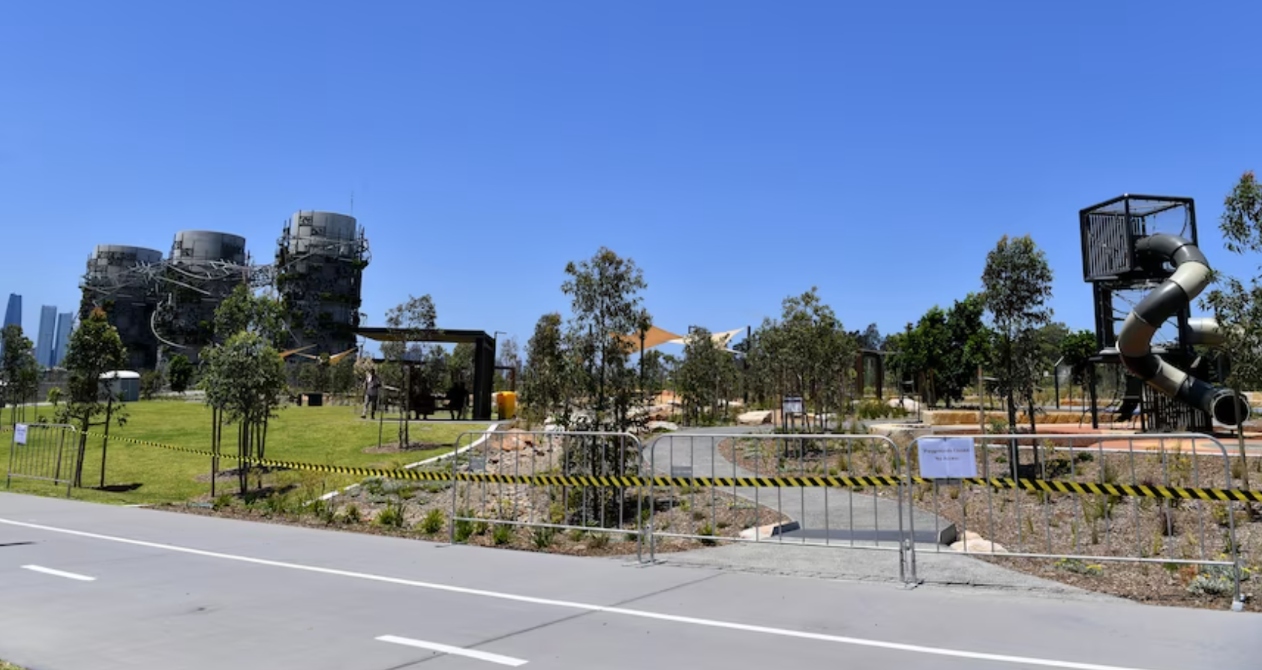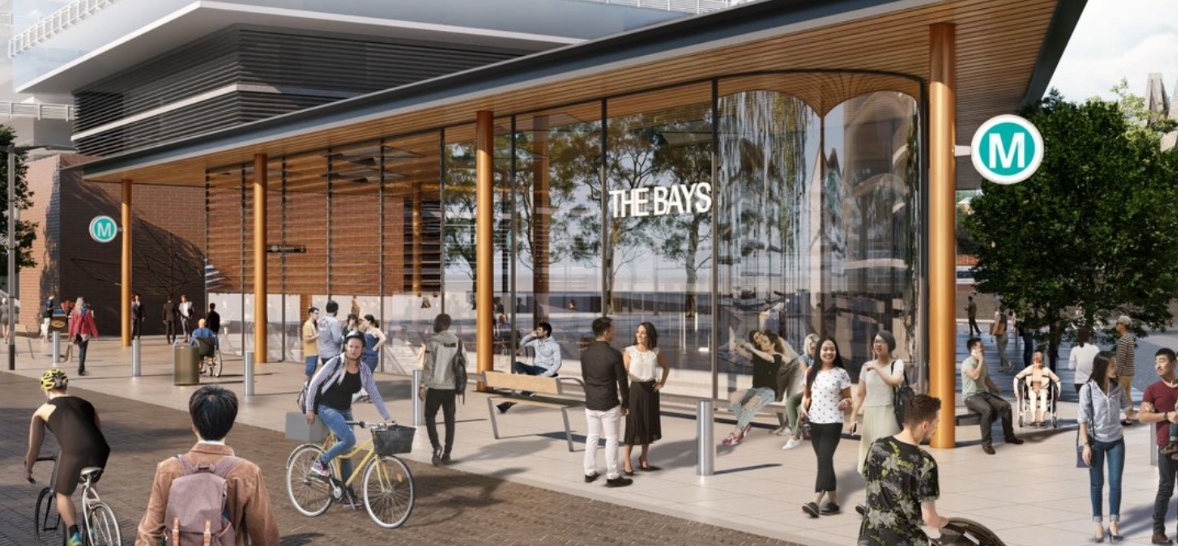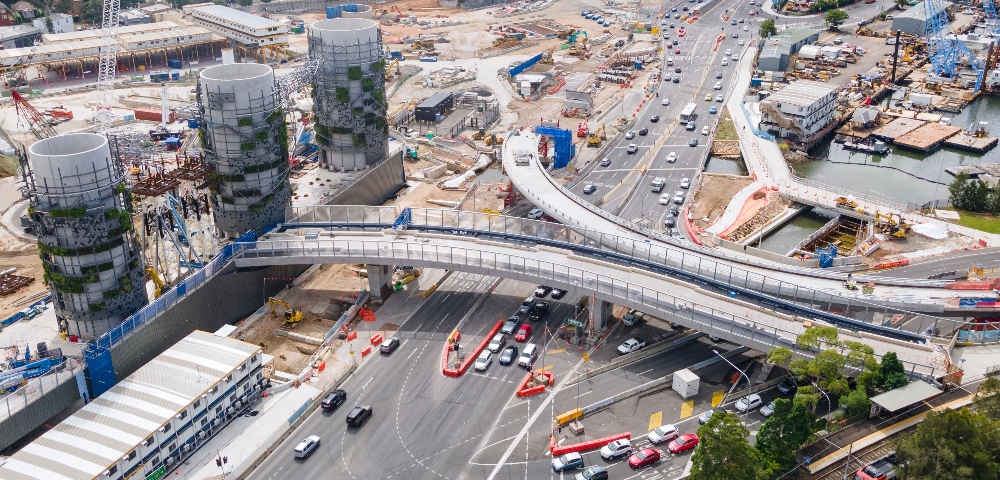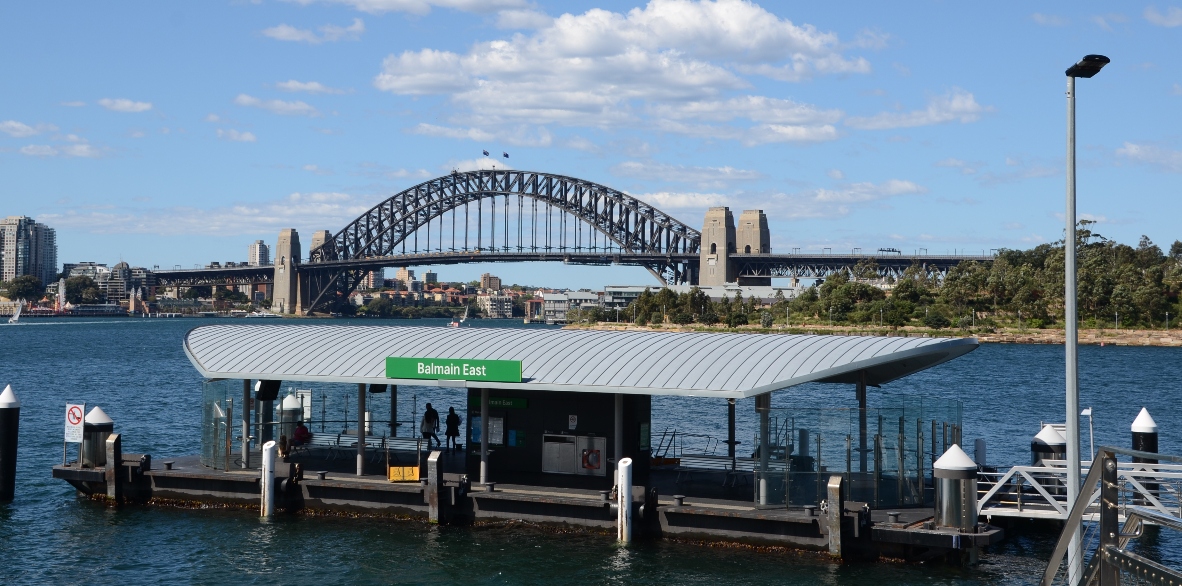
Walking on water
It was once a hive of activity, employing over 4,000 workers from Balmain and the surrounding areas. But for decades afterwards, Cockatoo Island has been silent, affected only by the sea breezes setting off the gently rusting industrial machinery and workshops which characterise this small outcrop in Sydney Harbour.
Now, however, there is a plan to reverse the stagnation and decay, and restore the vibrant atmosphere of the island’s heyday. Local resident David Aitken has developed a concept proposal for a pedestrian bridge linking the island to the Balmain peninsula. Preliminary ideas revolve around an eight-to-ten-metre-wide promenade, either as a suspended or cable-tied bridge (the lack of concrete detail indicates the extent of the work remaining to see the project through to reality, of course).
Mr Aitken believes significant new employment opportunities would exist with the opening-up of Cockatoo Island. He foresees artisans’ and design studios, gallery and exhibition spaces, food markets, restaurants, and even a marine research centre. “There’s such a history to this site – it’s so open to new development and the possibility of introducing a new type of working environment, the real possibility of putting sustainable development on the island,” he said.
Clean energy generation could form a major part of the island’s credentials in this respect. Mr Aitken said potential existed for wind turbines to be placed on Cockatoo, while the large fabrication halls provide an excellent opportunity to mount solar collectors, helping reduce carbon footprint.

At the moment, Cockatoo Island is presently owned by the Sydney Harbour Federation Trust – a Federal Government body administered by the Environment Minister’s office. A preliminary estimate of the bridge’s cost is between $35 and $40 million, according to Mr Aitken – money which would necessarily need to come from the federal government. In this respect, the project has received the tacit support of Balmain MP Verity Firth, who indicated in a letter she would be happy to support an application for federal funding.
The idea of pedestrian bridges is one gathering steam across the world. “The Millenium Bridge in London, for example, is purely a pedestrian bridge; all through Germany now, they’re spending loads and loads of money on new pedestrian and bicycle bridges to make accessible these rather more isolated areas,” Aitken said.
The proposal envisages a cycleway and pedestrian walk, with a view towards developing the island as a model of sustainability as well as developing a vibrant arts community. According to Mr Aitken, the project – along with the Trust’s own vision – is centred on maintaining the “superb maritime and industrial heritage artefacts” on the island.
To this end, it is proposed to hold a new national or international design competition for the bridge, similar in concept to that which brought about the Opera House. Mr Aitken argues this would help introduce new, cutting-edge ideas and technology into Australia.
Perhaps even more importantly, though, the benefits to the local community should not be overlooked. “I believe this whole initiative could provide local employment for local people,” he said. “Balmain has a strong arts culture, and I really think this kind of project would be a big boost for the entire community.”




